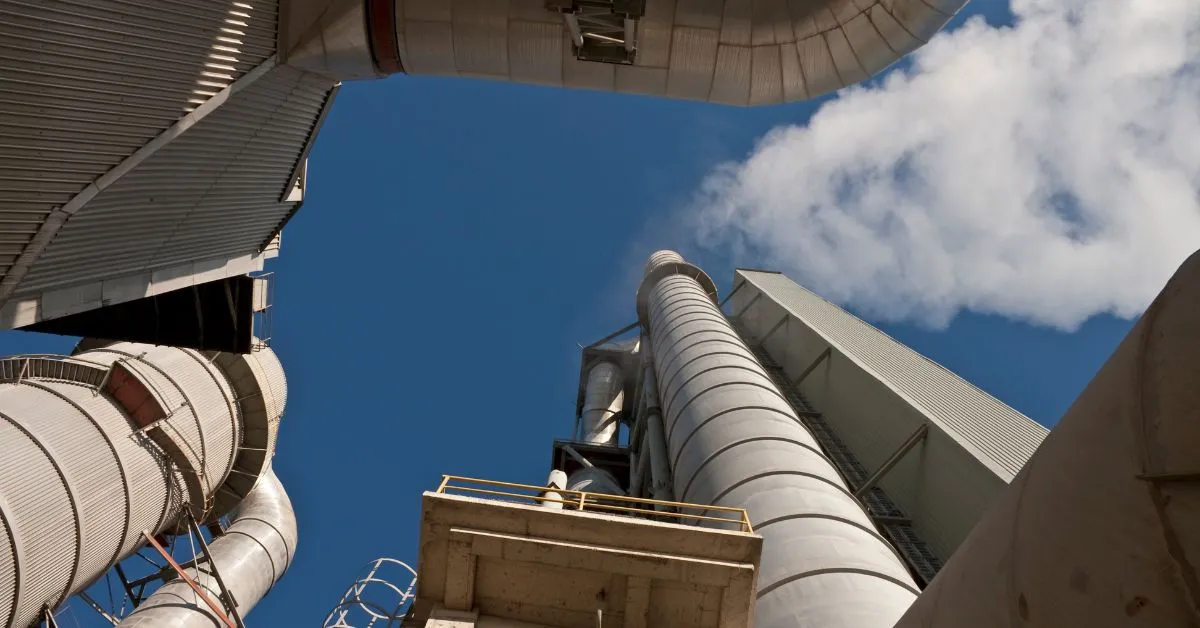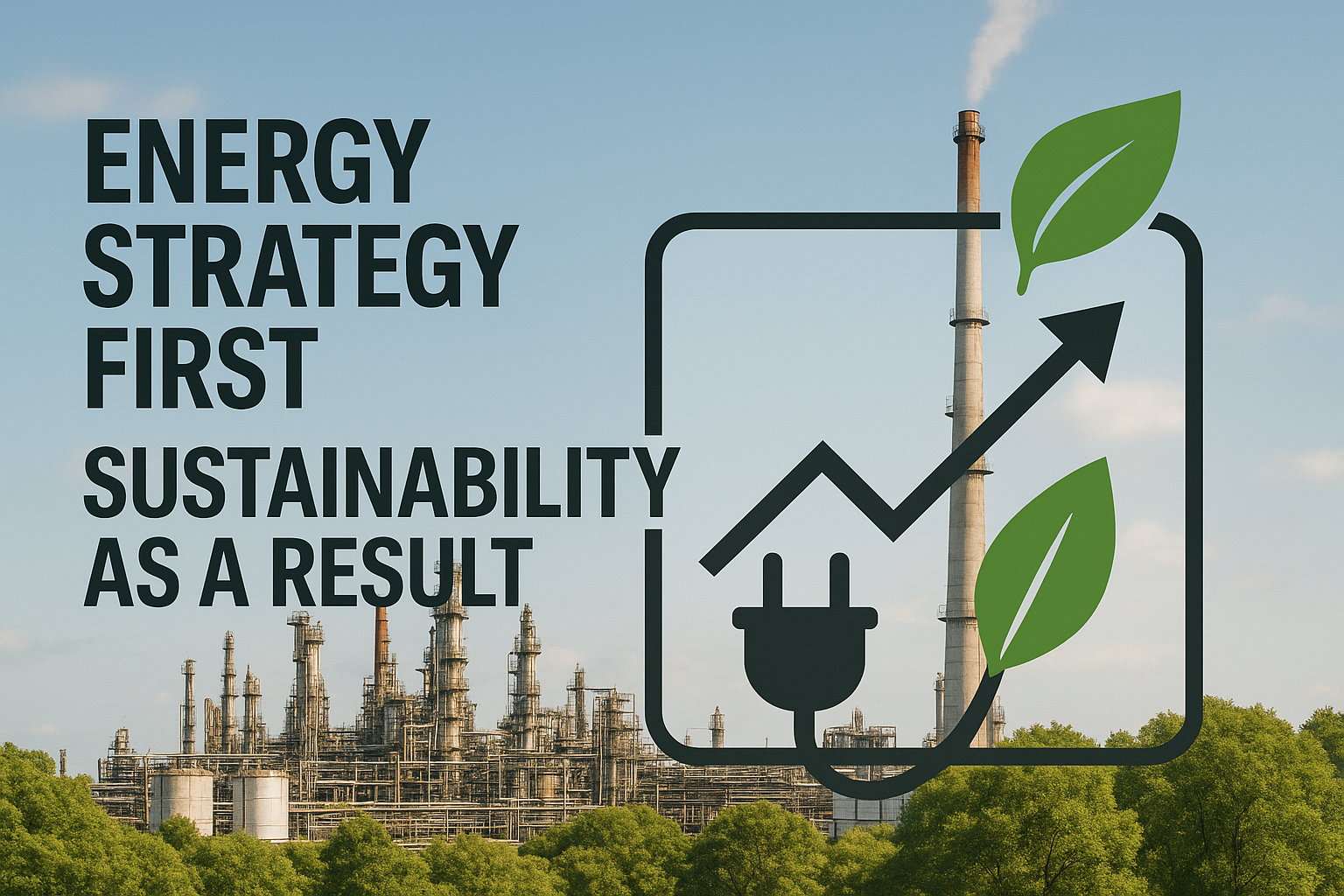Cement plants worldwide are discovering the transformative power of artificial intelligence in their most energy-intensive operations. AI implementation can deliver a compelling 5–10% improvement in energy efficiency, gains that directly combat today’s mounting pressures from rising energy costs, stringent environmental regulations, and fierce market competition.
Smart facilities are now deploying AI models to unlock substantial cost reductions through fuel optimization, downtime elimination, and quality stabilization, all without disrupting existing operations.
This dual-impact approach delivers immediate financial returns while advancing environmental objectives, creating a compelling business case that addresses both economic pressures and regulatory compliance in an increasingly carbon-conscious industry.
Slash Fuel Consumption with AI-Driven Combustion Control
Fuel represents the single largest variable expense in pyroprocessing operations, with kiln burners alone consuming a good portion of a plant’s total energy demand. Every percentage point reduction in burner flow creates immediate bottom-line impact, making combustion optimization the highest-leverage opportunity for cost reduction.
Advanced optimization solutions coordinate dozens of operational parameters simultaneously—burner momentum, secondary-air distribution, preheater draft levels, and feed chemistry profiles.
By mastering the complex interactions that govern flame shape and temperature uniformity, these systems eliminate the operational swings caused by inconsistent coal quality or moisture-variable refuse-derived fuels, maintaining the burning zone within optimal parameters.
Successful implementation requires a systematic approach that begins with comprehensive data auditing. Teams must map all kiln, calciner, and fuel-flow monitoring points, verify historian accuracy, and repair critical sensors before model deployment.
The training phase demands at least twelve months of cleaned operational data, allowing the system to learn seasonal fuel variations and detect sensor drift patterns.
Deployment progresses through staged validation, starting in advisory mode to confirm key performance indicators before transitioning to autonomous setpoint control. Common implementation pitfalls include training periods biased toward stable operations that mask fuel disruptions, miscalibrated oxygen sensors that skew air-fuel ratios, and overly restrictive control constraints that limit optimization recommendations.
Essential daily metrics include specific energy consumption tracking, primary and alternative fuel rate monitoring, stack oxygen and nitrogen oxide levels, and clinker free-lime variance analysis.
Because the model adapts to variable calorific value and moisture content in alternative fuels, plants can safely increase substitution rates without risking harmful ring formations, simultaneously reducing fuel costs and direct carbon dioxide emissions.
Eliminate Unplanned Downtime with Predictive Maintenance
A single kiln failure can obliterate an entire day’s clinker production while generating emergency repair costs that often exceed six figures. Traditional preventive maintenance schedules attempt to mitigate this risk but ignore the complex operational signatures that precede equipment failures.
Machine learning-driven predictive maintenance systems learn individual kiln vibration, temperature, and power consumption patterns, identifying subtle degradation trends months before they escalate into production crises.
Industrial case studies demonstrate the transformative potential of early anomaly detection, with facilities achieving significant reductions in rework costs and rapid return on investment timelines, often within six months. The transition from reactive firefighting to proactive foresight demands three critical implementation phases.
High-Resolution Data Streaming
High-resolution data streaming forms the foundation, requiring continuous feeds from critical assets, including burner fans, kiln drive systems, and cooler grates directly to plant historians.
This real-time information enables baseline behavior establishment and deviation detection. Alert configuration follows, with systems ranking warnings by risk level and production impact while filtering operational noise that breeds alert fatigue among maintenance teams.
Integration with Maintenance Systems
Integration with existing computerized maintenance management systems transforms predictive insights into actionable work orders, replacing emergency service calls with planned maintenance activities.
Success measurement focuses on mean time between failures, maintenance cost per tonne produced, and the ratio between unplanned and scheduled maintenance work.
Calculating ROI for Predictive Maintenance
Return on investment calculation for predictive maintenance should consider avoided downtime hours multiplied by hourly production value, the cost differential between emergency and scheduled maintenance, and additional factors such as investment costs, labor savings, and extended equipment life.
When advanced algorithms maintain optimal bearing temperatures and shell thermal stability, kilns continue turning while budgets remain intact. By implementing these comprehensive predictive maintenance strategies, cement manufacturers can transition from reactive maintenance to proactive intelligence.
This paradigm shift not only protects production capacity but also establishes a continuous improvement cycle where each prevented failure contributes to deeper system understanding and enhanced future predictions.
Stabilize Process & Cement Quality with Closed-Loop AI
Free-lime drift creates cascading operational problems, excess fuel consumption for clinker reburning, extended laboratory verification cycles, and the constant threat of off-specification cement reaching customers. With pyroprocessing already consuming more than 60% of plant fuel, even minor burn quality variations compound rapidly, impacting both energy costs and brand reputation.
Optimization systems for cement manufacturers eliminate this volatility through inferential sensing technology. These soft sensors, trained on historical kiln operations and laboratory data, provide real-time estimates of free lime content and nodulization patterns, bridging the critical gap between physical sampling and control responses.
Following inferential sensor deployment and laboratory validation, machine learning algorithms write setpoints directly to distributed control systems for feed rate, kiln speed, and secondary air parameters.
The system continuously learns from each operational shift, automatically adapting when raw-meal chemistry changes or alternative fuel blends vary. This adaptive capability enables tighter free-lime standard deviation control, fewer quality deviations, reduced rework cycles, and lower clinker factors through increased supplementary cementitious material substitution.
Operator acceptance grows through transparent dashboard interfaces that explain control decisions and staged implementation approaches that begin in advisory mode before transitioning to autonomous operation. Consistent burn characteristics and stable chemistry profiles enable safer deployment of supplementary materials, reducing both costs and carbon dioxide emissions while maintaining readiness for raw-material supply variations.
Measuring ROI, Emissions & ESG Impact
Successful closed-loop implementation requires comprehensive performance tracking that connects every control adjustment to measurable financial and environmental outcomes.
Specific energy consumption serves as the primary indicator because fuel costs dominate variable expenses; each megajoule per tonne clinker improvement generates immediate fuel bill reductions. Fuel savings calculations follow a straightforward formula: subtract optimized energy consumption from baseline levels, then multiply by fuel price and clinker output volumes.
Maintenance cost improvements are quantified through computerized management system analysis, comparing emergency shutdown frequency and overtime expenses between pre-implementation periods and post-deployment operations.
Quality improvements translate to monetary value through rework reduction tracking, raw-meal giveaway minimization, and clinker factor optimization metrics.
Key performance indicators—energy consumption, emissions per tonne, throughput rates, and free-lime standard deviation—populate real-time dashboards that mirror distributed control system displays.
This transparency streamlines environmental, social, and governance reporting under frameworks like the Greenhouse Gas Protocol or Corporate Sustainability Reporting Directive while demonstrating that advanced optimization simultaneously improves profitability and operational sustainability.
Why Imubit Leads in AI-Optimized Pyroprocessing
Cement operations face relentless pressure balancing fuel costs, production targets, and quality standards—often with equipment operating at capacity limits while processing raw materials that fluctuate hourly. Imubit’s solution directly addresses these operational constraints, delivering documented results where conventional approaches consistently fall short.
Imubit uses a reinforcement learning system that continuously calculates optimal setpoints within existing distributed control infrastructure. The platform integrates seamlessly with current automation without requiring disruptive equipment retrofits, maintaining operator oversight through intuitive dashboards that explain every adjustment rationale.
As the model learns plant-specific operational patterns, it guides teams toward enhanced throughput, improved quality consistency, and reduced fuel consumption, eliminating the endless manual tuning that traditional control systems demand.
For organizations ready to unlock their kiln’s true potential, closed-loop optimization represents the next evolution in cement plant performance. Book your no-cost AIO Assessment to see how your plant can move into the future, leading to increased efficiency, lower costs, and greener production.




